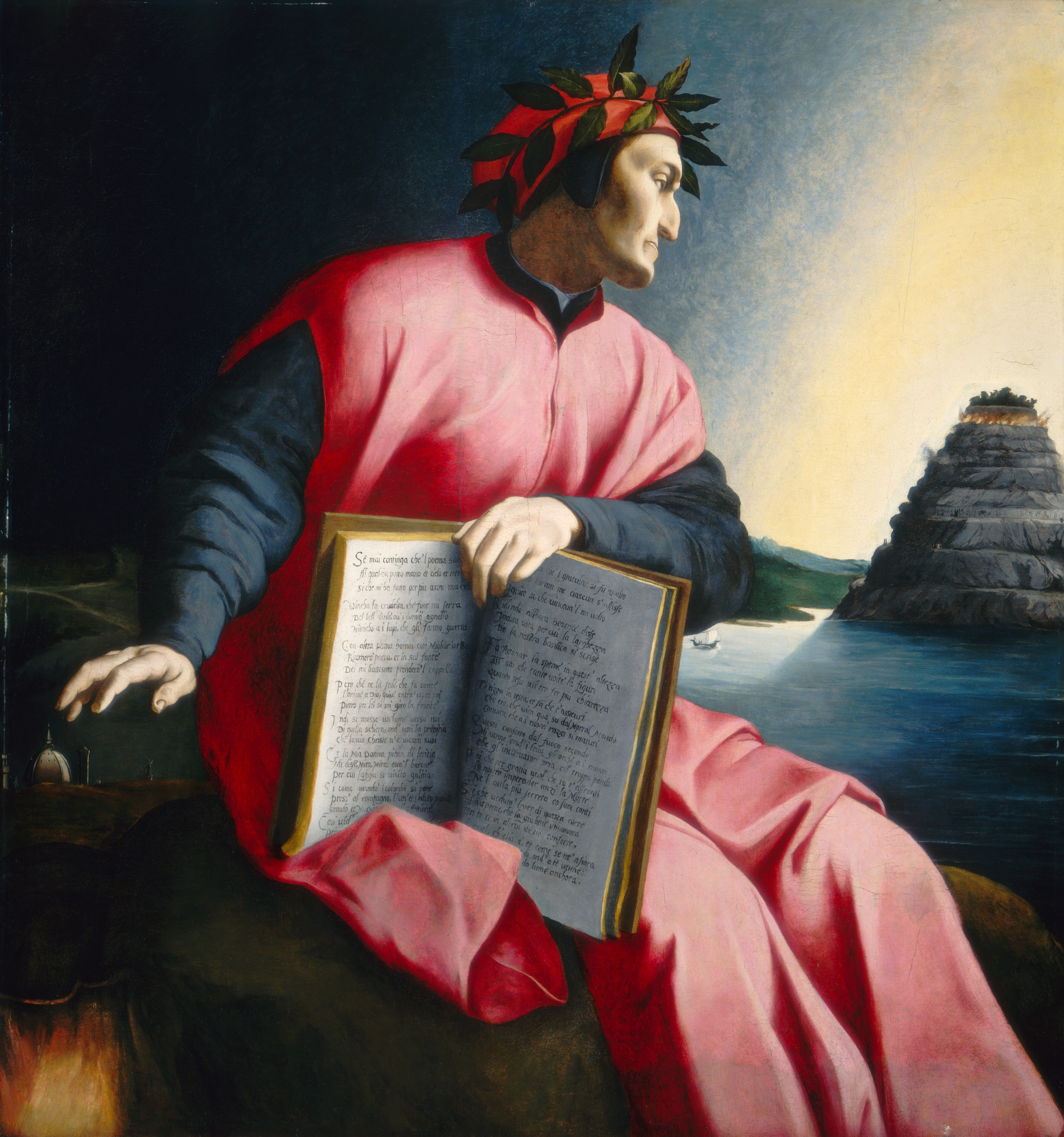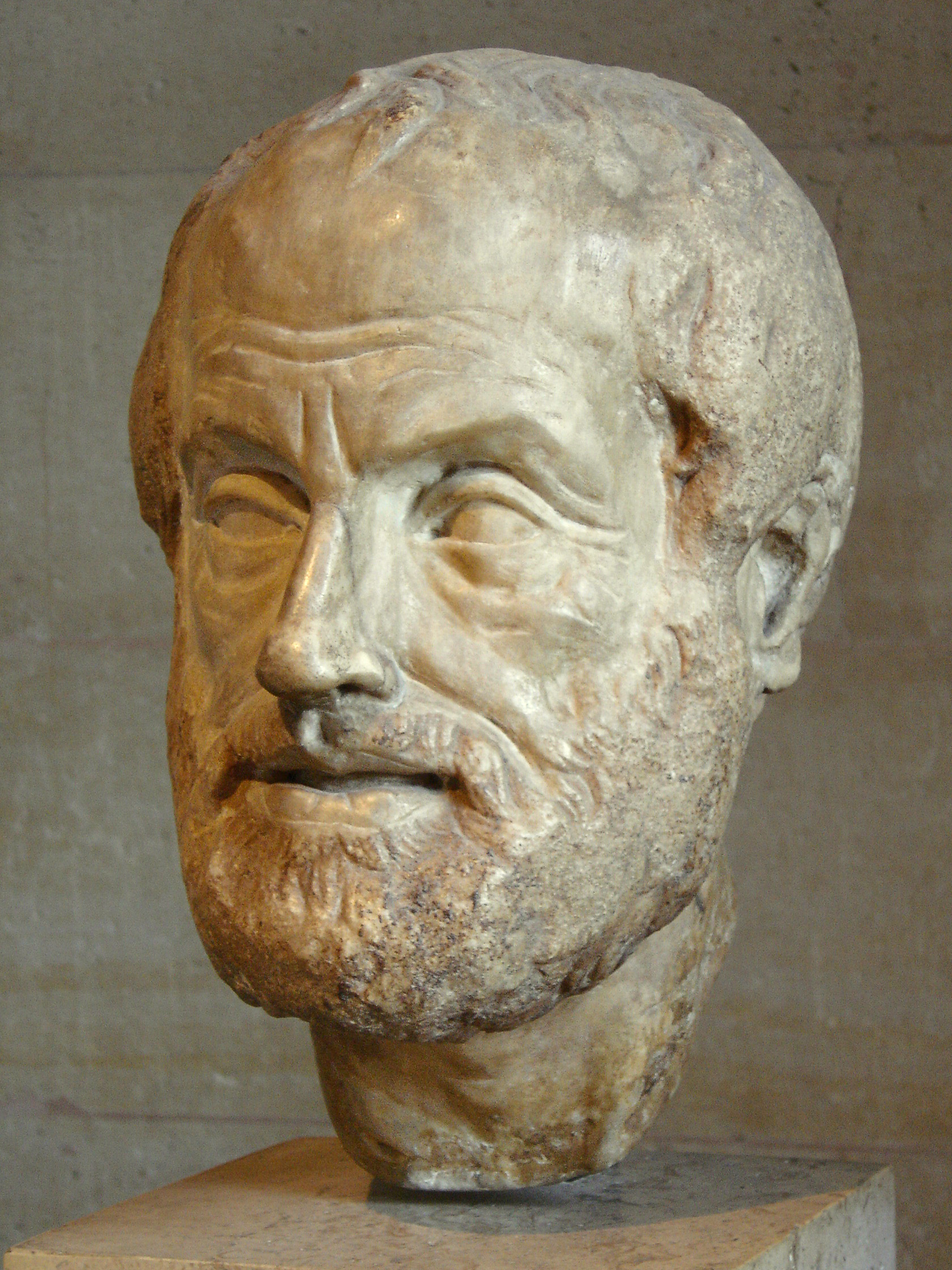|
Tercet
A tercet is composed of three lines of poetry, forming a stanza or a complete poem. Examples of tercet forms English-language haiku is an example of an unrhymed tercet poem. A poetic triplet is a tercet in which all three lines follow the same rhyme, AAA; triplets are rather rare; they are more customarily used sparingly in verse of heroic couplets or other couplet verse, to add extraordinary emphasis. Other types of tercet include an enclosed tercet where the lines rhyme in an ABA pattern and terza rima where the ABA pattern of a verse is continued in the next verse by making the outer lines of the next stanza rhyme with the central line of the preceding stanza, BCB, as in the ''terza rima'' or ''terzina'' form of Dante Alighieri's ''Divine Comedy''. There has been much investigation of the possible sources of the Dantesque ''terzina'', which Benedetto Croce characterised as "linked, enclosed, disciplined, vehement and yet calm". William Baer observes of the tercets of terza r ... [...More Info...] [...Related Items...] OR: [Wikipedia] [Google] [Baidu] [Amazon] |
Terza Rima
''Terza rima '' (, also , ; ) is a rhyming verse form, in which the poem, or each poem-section, consists of tercets (three-line stanzas) with an interlocking three-line rhyme scheme: The last word of the second line in one tercet provides the rhyme for the first and third lines in the tercet that follows (ABA BCB CDC). The poem or poem-section may have any number of lines (not divisible by 3), but it ends with either a single line or a couplet, which repeats the rhyme of the middle line of the previous tercet (YZY Z or YZY ZZ). ''Terza rima'' was invented early in the fourteenth century by the Italian poet Dante Alighieri for his narrative poem the ''Divine Comedy'', which he set in hendecasyllabic lines. In English, poets often use iambic pentameter. ''Terza rima'' is a challenging form for a poet, and it did not become common in the century following its invention. The form is especially challenging in languages that are inherently less rich in rhymes than Italian. ''Terza r ... [...More Info...] [...Related Items...] OR: [Wikipedia] [Google] [Baidu] [Amazon] |
Rhyme Scheme
A rhyme scheme is the pattern of rhymes at the end of each line of a poem or song. It is usually referred to by using letters to indicate which lines rhyme; lines designated with the same letter all rhyme with each other. An example of the ABAB rhyming scheme, from "To Anthea, who may Command him Anything", by Robert Herrick: Function in writing These rhyme patterns have various effects, and can be used to: * Control flow: If every line has the same rhyme (AAAA), the stanza will read as having a very quick flow, whereas a rhyme scheme like ABCABC can be felt to unfold more slowly. * Structure a poem's message and thought patterns: For example, a simple couplet with a rhyme scheme of AABB lends itself to simpler direct ideas, because the resolution comes in the very next line. Essentially these couplets can be thought of as self-contained statements. This idea of rhyme schemes reflecting thought processes is often discussed particularly regarding sonnets. * Determine whether ... [...More Info...] [...Related Items...] OR: [Wikipedia] [Google] [Baidu] [Amazon] |
Villanelle
A villanelle, also known as villanesque,Kastner 1903 p. 279 is a nineteen-line poetic form consisting of five tercets followed by a quatrain. There are two refrains and two repeating rhymes, with the first and third lines of the first tercet repeated alternately at the end of each subsequent stanza until the last stanza, which includes both repeated lines. The villanelle is an example of a fixed verse form. The word derives from Latin, then Italian, and is related to the initial subject of the form being the pastoral. The form started as a simple ballad-like song with no fixed form; this fixed quality would only come much later, from the poem "Villanelle (J'ay perdu ma Tourterelle)" (1606) by Jean Passerat. From this point, its evolution into the "fixed form" used in the present day is debated. Despite its French origins, the majority of villanelles have been written in English, a trend which began in the late nineteenth century. The villanelle has been noted as a form that fr ... [...More Info...] [...Related Items...] OR: [Wikipedia] [Google] [Baidu] [Amazon] |
Divine Comedy
The ''Divine Comedy'' (, ) is an Italian narrative poetry, narrative poem by Dante Alighieri, begun and completed around 1321, shortly before the author's death. It is widely considered the pre-eminent work in Italian literature and one of the greatest works of Western literature. The poem's imaginative vision of the afterlife is representative of the medieval philosophy, medieval worldview as it existed in the Western Christianity, Western Church by the 14th century. It helped establish the Tuscan dialect, Tuscan language, in which it is written, as the standardized Italian language. It is divided into three parts: ''Inferno (Dante), Inferno'', ''Purgatorio'', and ''Paradiso (Dante), Paradiso''. The poem explores the condition of the soul following death and portrays a vision of divine justice, in which individuals receive appropriate punishment or reward based on their actions.Vallone, Aldo. "Commedia" (trans. Robin Treasure). In: Lansing (ed.), ''The Dante Encyclopedia'', ... [...More Info...] [...Related Items...] OR: [Wikipedia] [Google] [Baidu] [Amazon] |
Poetry
Poetry (from the Greek language, Greek word ''poiesis'', "making") is a form of literature, literary art that uses aesthetics, aesthetic and often rhythmic qualities of language to evoke meaning (linguistics), meanings in addition to, or in place of, Denotation, literal or surface-level meanings. Any particular instance of poetry is called a poem and is written by a poet. Poets use a variety of techniques called poetic devices, such as assonance, alliteration, Phonaesthetics#Euphony and cacophony, euphony and cacophony, onomatopoeia, rhythm (via metre (poetry), metre), and sound symbolism, to produce musical or other artistic effects. They also frequently organize these effects into :Poetic forms, poetic structures, which may be strict or loose, conventional or invented by the poet. Poetic structures vary dramatically by language and cultural convention, but they often use Metre (poetry), rhythmic metre (patterns of syllable stress or syllable weight, syllable (mora) weight ... [...More Info...] [...Related Items...] OR: [Wikipedia] [Google] [Baidu] [Amazon] |
Sestina
A sestina (, from ''sesto'', sixth; Old Occitan: ''cledisat'' ; also known as ''sestine'', ''sextine'', ''sextain'') is a fixed verse, fixed verse form consisting of six stanzas of six lines each, normally followed by a three-line envoi. The words that end each line of the first stanza are used as line endings in each of the following stanzas, rotated in a set pattern. The invention of the form is usually attributed to Arnaut Daniel, a troubadour of 12th-century Provence, and the first sestinas were written in the Occitan language of that region. The form was cultivated by his fellow troubadours, then by other poets across Continental Europe in the subsequent centuries; they contributed to what would become the "standard form" of the sestina. The earliest example of the form in English appeared in 1579, though they were rarely written in Britain until the end of the 19th century. The sestina remains a popular poetic form, and many sestinas continue to be written by contemporary p ... [...More Info...] [...Related Items...] OR: [Wikipedia] [Google] [Baidu] [Amazon] |
Heroic Couplet
A heroic couplet is a traditional form for English poetry, commonly used in epic and narrative poetry, and consisting of a rhyming pair of lines in iambic pentameter. Use of the heroic couplet was pioneered by Geoffrey Chaucer in the '' Legend of Good Women'' and the '' Canterbury Tales'',Hobsbaum, Philip. ''Metre, Rhythm and Verse Form''. Routledge (1996) p.23 and generally considered to have been perfected by John Dryden and Alexander Pope in the Restoration Age and early 18th century respectively. Example A frequently-cited examplePiper, William Boward. "Heroic Couplet", in ''The New Princeton Encyclopedia of Poetry and Poetics''. Princeton University Press (1993) p.553 illustrating the use of heroic couplets is this passage from ''Cooper's Hill'' by John Denham, part of his description of the Thames: History The term "heroic couplet" is sometimes reserved for couplets that are largely ''closed'' and self-contained, as opposed to the enjambed couplets of poets lik ... [...More Info...] [...Related Items...] OR: [Wikipedia] [Google] [Baidu] [Amazon] |
Haiku
is a type of short form poetry that originated in Japan. Traditional Japanese haiku consist of three phrases composed of 17 Mora (linguistics), morae (called ''On (Japanese prosody), on'' in Japanese) in a 5, 7, 5 pattern; that include a ''kireji'', or "cutting word"; and a ''kigo'', or seasonal reference. However, haiku by classical Japanese poets, such as Matsuo Bashō, also deviate from the 17-''on'' pattern and sometimes do not contain a ''kireji''. Similar poems that do not adhere to these rules are generally classified as ''senryū''. Haiku originated as an opening part of a larger Japanese genre of poetry called renga. These haiku written as an opening stanza were known as ''hokku'' and over time they began to be written as stand-alone poems. Haiku was given its current name by the Japanese writer Masaoka Shiki at the end of the 19th century. Originally from Japan, haiku today are written by authors worldwide. Haiku in English and Haiku in languages other than Japanese, ... [...More Info...] [...Related Items...] OR: [Wikipedia] [Google] [Baidu] [Amazon] |
Dante Alighieri
Dante Alighieri (; most likely baptized Durante di Alighiero degli Alighieri; – September 14, 1321), widely known mononymously as Dante, was an Italian Italian poetry, poet, writer, and philosopher. His ''Divine Comedy'', originally called (modern Italian: ) and later christened by Giovanni Boccaccio, is widely considered one of the most important poems of the Middle Ages and the greatest literary work in the Italian language. Dante chose to write in the vernacular, specifically, his own Tuscan dialect, at a time when much literature was still written in Latin, which was accessible only to educated readers, and many of his fellow Italian poets wrote in French or Provençal dialect, Provençal. His ' (''On Eloquence in the Vernacular'') was one of the first scholarly defenses of the vernacular. His use of the Florentine dialect for works such as ''La Vita Nuova, The New Life'' (1295) and ''Divine Comedy'' helped establish the modern-day standardized Italian language. His wo ... [...More Info...] [...Related Items...] OR: [Wikipedia] [Google] [Baidu] [Amazon] |
English Poetry
This article focuses on poetry from the United Kingdom written in the English language. The article does not cover poetry from other countries where the English language is spoken, including the Republic of Ireland after December 1922. The earliest surviving English poetry, written in Old English language, Anglo-Saxon, the direct predecessor of modern English, may have been composed as early as the 7th century. The earliest English poetry The earliest known English poem is a hymn on the creation; Bede attributes this to Cædmon (floruit, fl. 658–680), who was, according to legend, an illiterate herdsman who produced extemporaneous poetry at a monastery at Whitby. This is generally taken as marking the beginning of Old English poetry, Anglo-Saxon poetry. Much of the poetry of the period is difficult to date, or even to arrange chronologically; for example, estimates for the date of the great epic ''Beowulf'' range from A.D. 608 right through to A.D. 1000, and there has ... [...More Info...] [...Related Items...] OR: [Wikipedia] [Google] [Baidu] [Amazon] |
Trimeter
In poetry Poetry (from the Greek language, Greek word ''poiesis'', "making") is a form of literature, literary art that uses aesthetics, aesthetic and often rhythmic qualities of language to evoke meaning (linguistics), meanings in addition to, or in ..., a trimeter (Greek for "three measure") is a metre of three metrical feet per line. Examples: : When here // the spring // we see, : Fresh green // upon // the tree. See also * Anapaest * Dactyl * Tristich * Triadic-line poetry References Types of verses {{Poetry-stub ... [...More Info...] [...Related Items...] OR: [Wikipedia] [Google] [Baidu] [Amazon] |




